Advice for writers
for writers
Writing for Different Age Groups: Middle Grade, YA, and Adult Fiction

How Storytelling Changes with Different Audiences
Here’s something I’ve learned the hard way: deciding who you’re writing for isn’t just about picking an age range and calling it a day. Whether you’ve been at this writing game for years or you’re staring at a blank page wondering where to start, choosing your audience and writing for different age groups will fundamentally shape every word you put on paper!
I used to think writing for kids just meant using smaller words, but it’s not as simple as that. Writing for different age groups is like speaking different languages—each one has its own rhythm, its own heartbeat, and, honestly, its own soul.
Let’s dive into the three major territories: Middle Grade (MG), Young Adult (YA), and Adult fiction. I promise by the end of this, you’ll have a much clearer picture of how to connect with readers, whether they’re wide-eyed ten-year-olds, angst-ridden teenagers, or adults who’ve seen enough of life to appreciate nuance.
What Defines Each Age Group?
Before we jump into the how-to, let’s get real about who we’re talking to. These aren’t just arbitrary categories—they represent completely different ways of seeing the world.
Middle Grade (Ages 8–12)
Remember being ten? Everything felt possible, didn’t it? Middle-grade readers are in this beautiful space where they’re smart enough to handle complexity but haven’t yet been worn down by cynicism.
These kids devour stories about friendship, family drama, and adventures that feel just dangerous enough to be thrilling. They want to see themselves in characters who are figuring things out—dealing with new schools, family changes, or that terrifying moment when you realize your parents don’t actually know everything.
Here’s what they’re not looking for: heavy romance or the kind of darkness that keeps adults up at night. They want hope. They need to believe that problems can be solved and that good people usually win in the end.
Young Adult (Ages 13–18)
Ah, teenagers. Remember thinking you were the first person in history to feel this deeply about…well, everything? YA readers are living through the most intense emotional years of their lives, and they can smell a fake from miles away.
These readers want stories that get it—that understand what it’s like to feel like you’re wearing someone else’s skin, to fall in love for the first time, to question everything your parents taught you. They’re dealing with real stuff: mental health struggles, social pressures, figuring out who they are when everyone expects them to already know.
YA fiction can go darker than MG, but it needs to feel authentic. Teenagers have built-in BS detectors, and if your sixteen-year-old protagonist sounds like a forty-year-old trying to be cool, they’ll put your book down faster than you can say “How do you do, fellow kids?”
Adult Fiction (Ages 18+)
Adult fiction is like being given a massive box of crayons after working with just primary colors. Suddenly, you can explore the full spectrum of human experience—the messy, complicated, beautiful, terrible reality of being alive.
Adult readers come to books with their own baggage, their own questions, their own scars. They can handle moral ambiguity, unreliable narrators, and endings that don’t tie everything up in a neat bow. In fact, they often prefer it that way.
Writing Middle Grade: Respecting Young Minds
Here’s the thing about writing for kids: they’re way smarter than we give them credit for. The trick isn’t dumbing things down—it’s presenting complex ideas in ways that feel accessible and exciting.
Keep your language clear, not childish. Yes, avoid the $50 words when a $5 word will do, but don’t talk down to them. Kids know when you’re patronizing them, and they hate it as much as adults do.
Make things happen. Middle-grade readers have short attention spans (don’t we all?), so keep that plot moving. Give them mysteries to solve, obstacles to overcome, and adventures that feel real enough to matter.

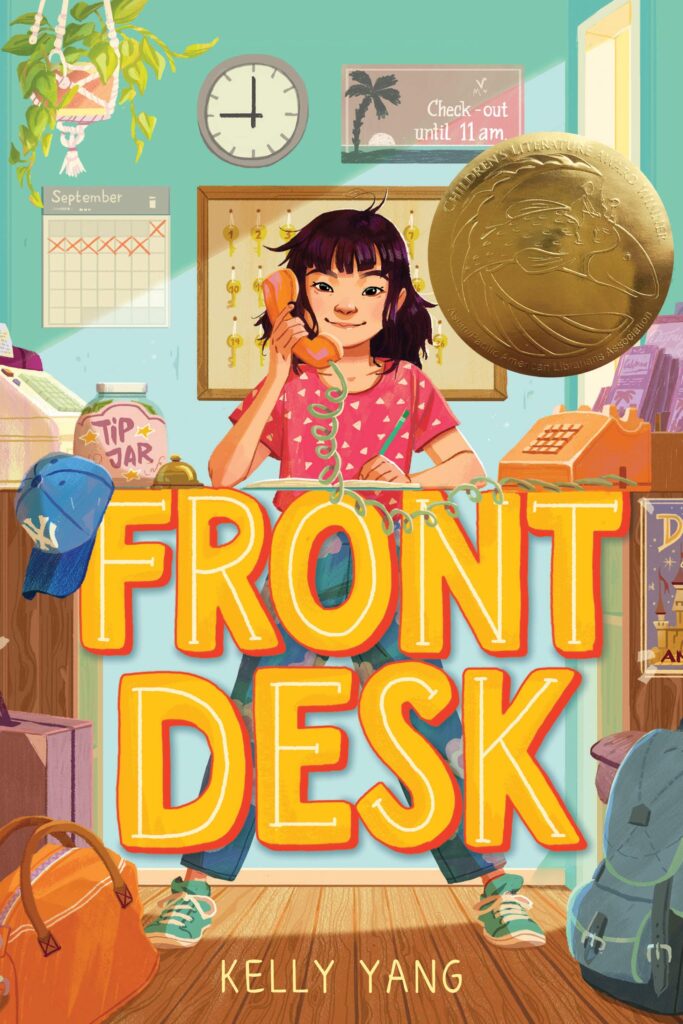
Go easy on the romance. At this age, most kids are more interested in whether their best friend is mad at them than in who’s dating whom. Save the swoony stuff for later.
Keep hope alive. This doesn’t mean everything has to be sunshine and rainbows—kids face real problems. But they need to believe that those problems can be overcome.
Writing Young Adult: Walking the Emotional Tightrope
Writing YA is like performing surgery with oven mitts on. You need precision, but you’re dealing with the most emotionally volatile audience on the planet. Here’s how to nail it:
Sound like them, not like you trying to sound like them. This is harder than it sounds. Resist the urge to pepper your dialogue with whatever slang you think kids are using. Focus on authentic emotions instead of trendy vocabulary.
Don’t shy away from the hard stuff. Mental health, family problems, social issues—YA readers are living through these things. They want to see themselves reflected honestly, not wrapped in bubble paper.
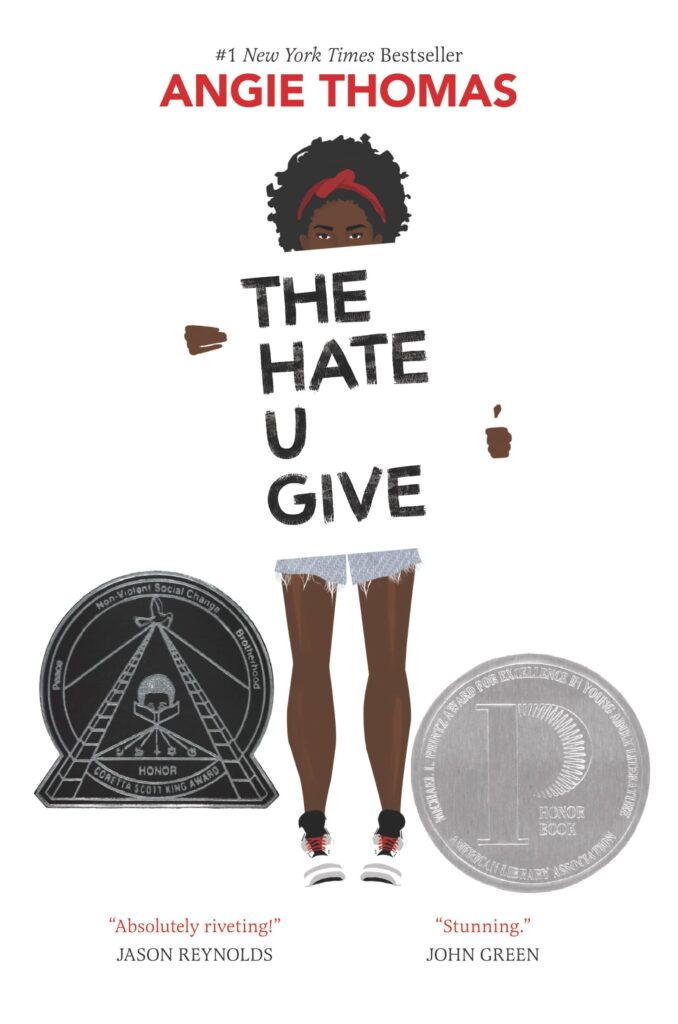
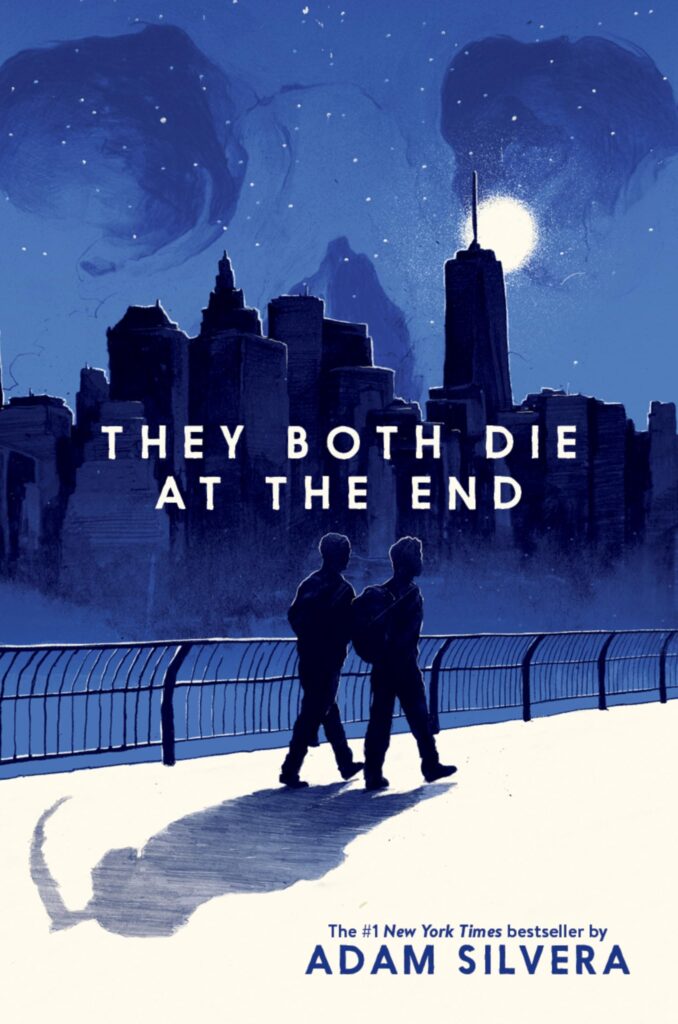
Make your characters grow. The whole point of being a teenager is figuring out who you are. Your characters should be different people by the end of your story.
Romance? Yes, but make it real. YA readers want love stories, but they want them to feel authentic. Avoid the insta-love trap and show the messy, wonderful reality of young relationships.
Writing for Adults: Embracing the Mess
Adult fiction is where you get to take the gloves off. Your readers have lived long enough to know that life rarely offers easy answers, and they’re okay with that.
Make your characters complex. Adults know that people are contradictory, flawed, and complicated. Your protagonist can be heroic and selfish, wise and foolish, all at the same time.
Dig deep into themes. What does it mean to live a good life? How do we connect with each other in an increasingly divided world? Adult readers want to wrestle with big questions.
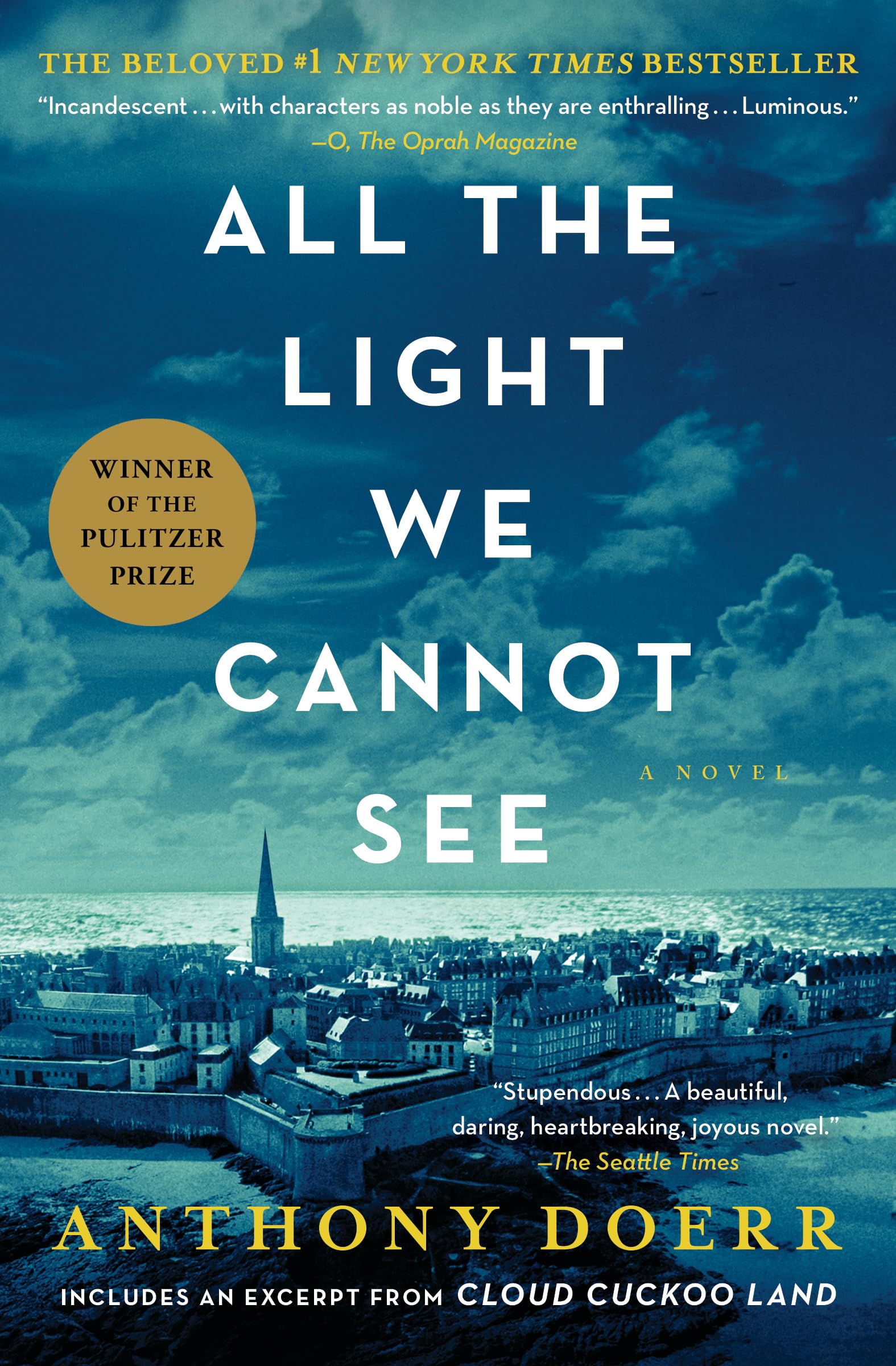
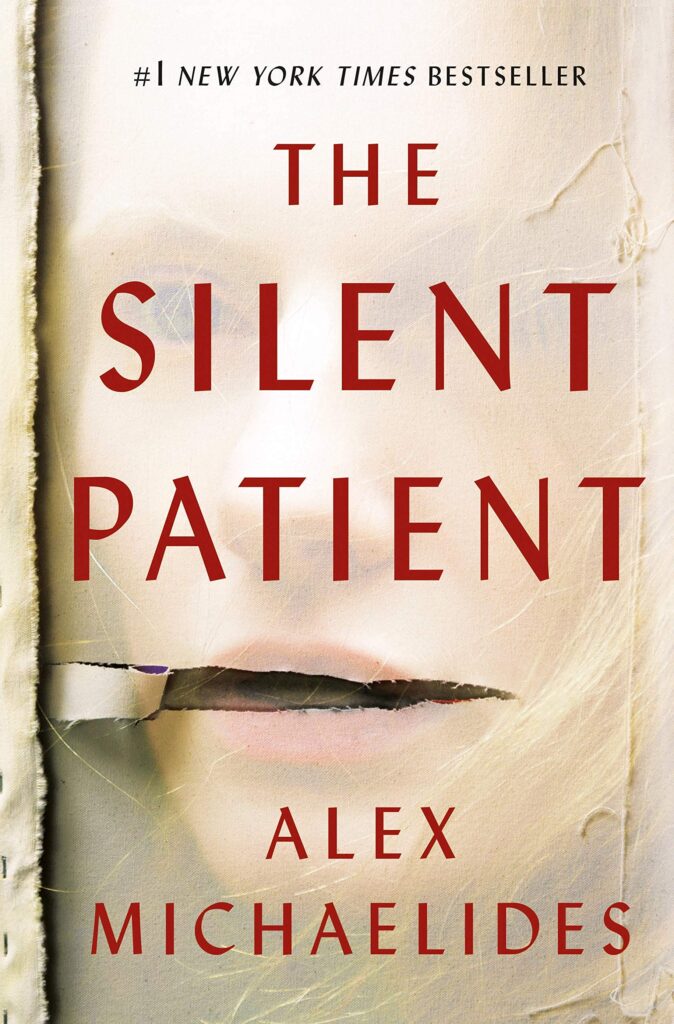
Experiment with structure. Multiple timelines, unreliable narrators, unconventional formats—adult readers are up for the challenge if you make it worth their while.
Show mature relationships. This isn’t just about sex (though that can be part of it). Adult relationships are layered, complicated things built on shared history, compromise, and sometimes, the courage to start over.
Switching Gears: Writing for Different Age Groups
Some of us are lucky enough to have stories for different audiences. If you’re juggling multiple age groups, here’s how to keep your sanity:
Read voraciously in each category. You can’t write what you don’t understand. Spend time with the books your target audience loves.
Adjust your internal compass. Each age group has different tolerance levels for content, complexity, and pacing. Know where those boundaries are.
Let your characters’ ages guide you. A twelve-year-old protagonist looking for adventure will naturally appeal to middle-grade readers, just like a forty-five-year-old dealing with divorce will resonate with adults.
When in doubt, trust your instincts. You probably have a pretty good sense of what feels right for each age group. Don’t overthink it.
FAQs: Writing for Different Age Groups
Q: What’s the difference between Middle Grade and Young Adult fiction?
A: Middle Grade targets readers aged 8–12 with simpler plots, age-appropriate vocabulary, and optimistic themes. Young Adult is aimed at teens 13–18 and explores more complex emotions, identity struggles, and often includes romance and darker topics.
Q: Can adults write Middle Grade or Young Adult fiction effectively?
A: Yes! Many successful MG and YA authors are adults. The key is understanding your audience’s mindset and writing authentically from their perspective.
Q: How do I decide which age group to write for?
A: Consider your story’s themes, characters, and tone. Think about which audience will connect most with your narrative and what you want readers to take away.
For a deeper dive into tailoring your story to your readers, check out What Does It Mean to Know Your Audience?
Q: Can adults enjoy Middle Grade or Young Adult books?
A: Absolutely. Many adults read and love MG and YA books for their storytelling, nostalgia, and fresh perspectives.
Q: How important is vocabulary in writing for different age groups?
A: Very important. Vocabulary should be accessible and relatable to your target age, but it doesn’t mean it should be simplistic or boring.
Free “Writing for Different Age Groups” Resource
Want a hands-on tool to help you determine your target reader’s age range? Download our free Audience Alignment Planner, a two-page worksheet to guide you through evaluating your story’s themes, tone, and characters to determine which age group it best fits.
Use this planner to:
clarify your audience,
make intentional choices in your writing,
and ensure your story truly connects with the readers it’s meant for!
👉 Get your free Audience Alignment Planner here! 👈
Matching Your Story to Your Reader
At the end of the day, writing for different age groups isn’t about following a formula—it’s about understanding people. Whether your readers are eight or eighty, they want to feel seen, understood, and maybe a little less alone in the world.
The magic happens when you stop thinking about writing for an age group and start thinking about writing to real people who just happen to be that age. Kids aren’t small adults, teenagers aren’t dramatic kids, and adults aren’t just older teenagers. Each group has its own wisdom, its own way of seeing the world, and its own stories that need telling.
So, whether you’re crafting adventures for curious kids, navigating the emotional minefields of adolescence, or exploring the complex terrain of adult life, remember this: great writing isn’t about age—it’s about truth. And every age group deserves stories that honor their experience and speak to their hearts!
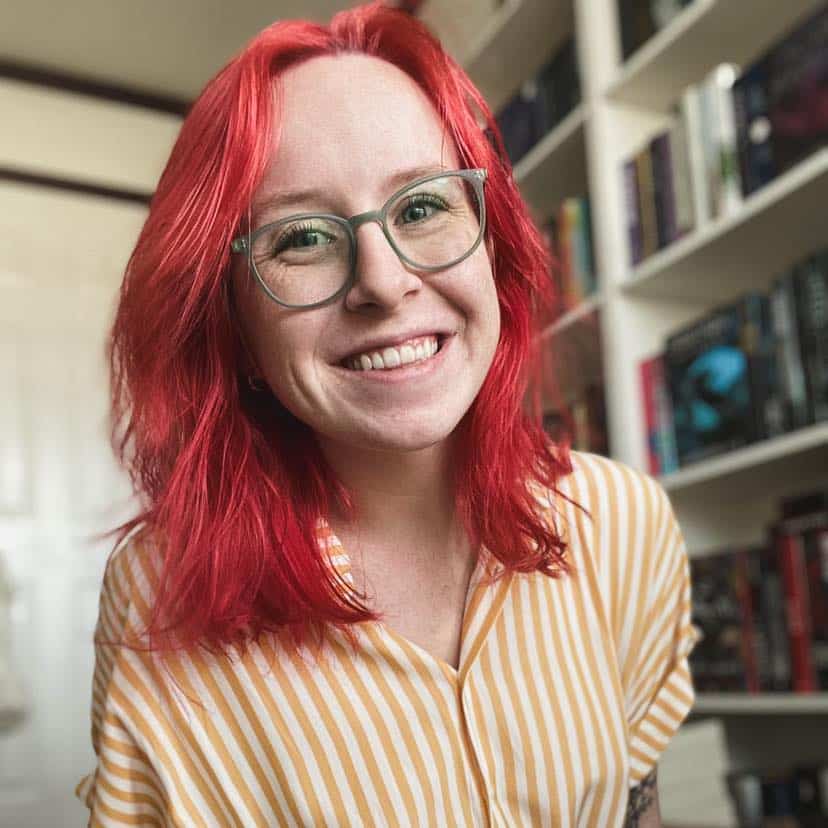
Erin K. Larson-Burnett, Production Manager at Atmosphere Press (submit your manuscript here!), is a born-and-raised Southerner currently living in Katy, Texas, with her husband and their small domestic zoo. She is an avid ink drinker who lives and breathes books—during the day, she works remotely with authors around the world, honing and perfecting books published through Atmosphere Press. By night, she crafts her own stories…or at least tries to. The Bear & the Rose is her debut novel.

Atmosphere Press is a selective hybrid publisher founded in 2015 on the principles of Honesty, Transparency, Professionalism, Kindness, and Making Your Book Awesome. Our books have won dozens of awards and sold tens of thousands of copies. If you’re interested in learning more, or seeking publication for your own work, please explore the links below.
